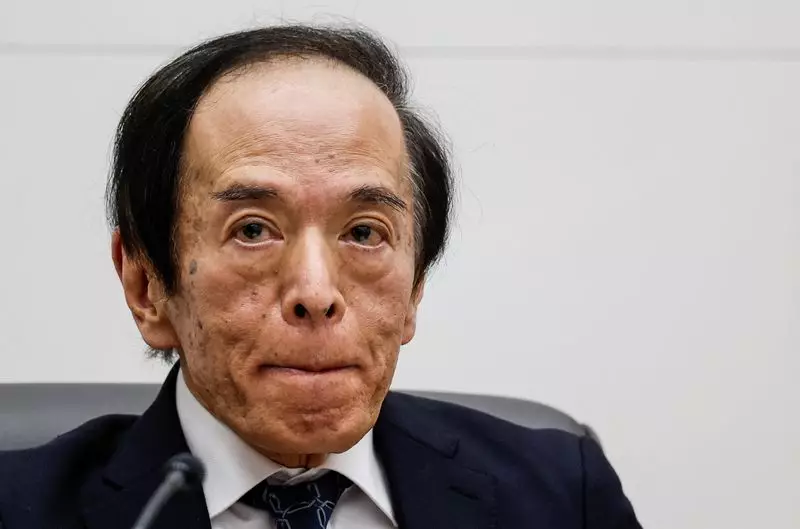The Japanese economy is currently navigating a complex web of resilience and uncertainty as the Bank of Japan (BOJ) deliberates its monetary policy under Governor Kazuo Ueda’s guidance. Recent statements from Ueda indicate cautious optimism regarding wages-driven inflation. Nevertheless, he has refrained from providing explicit signals regarding potential interest rate increases in the immediate future, suggesting the need for prudence as external economic dynamics evolve.
Under Ueda’s stewardship, the BOJ has noted significant strides towards achieving a stable, wages-driven inflation environment. The central bank aims for a sustainable inflation target of 2%, which it believes is increasingly realistic as domestic consumption gains momentum alongside rising wages. This aligns with Ueda’s assertions that the economic conditions necessary for a rate hike are slowly consolidating, though he stresses that an uptick in interest rates would be contingent on a range of factors, such as inflation trajectories and economic stability.
The complexities surrounding the inflation expectations have been compounded by the weakening yen, which exacerbates import costs and influences inflationary pressures. As the dollar rises against the yen, trading dynamics reflect renewed speculation about the BOJ’s interest rate strategies, revealing a market increasingly aware of the central bank’s stance and its implications.
Governor Ueda’s recent comments led to notable developments in the currency markets, as a lack of specificity regarding future interest rate adjustments prompted a shift among traders. The dollar rallied slightly against the yen, indicating a market recalibrating its expectations in light of Ueda’s ambiguous guidance. Current market sentiment aligns with a statistical likelihood of approximately 55% for a potential quarter-point increase at the BOJ’s next meeting, reflecting an overall cautious optimism entwined with market volatility.
A Reuters poll also highlights a prevailing sentiment among economists, noting a slim majority anticipate that rates will not rise again within this fiscal year. The consensus seems to favor a delayed approach to policy changes, underpinned by concerns regarding external factors that may impact Japan’s economic framework. The anticipation of rate movement is further complicated by a majority projection that anticipates potential hikes by the end of March, indicating a complex landscape for monetary policy.
Ueda’s remarks arrive amidst significant international economic developments, most notably the recent outcomes of the U.S. presidential election. His perspective on the uncertain economic policies of the incoming administration reflects a broader recognition of the interconnectedness of global economies. Ueda has highlighted that any significant shifts in U.S. policy could potentially influence Japan’s economic stability and growth, underlining the importance of international economic conditions on domestic policy decisions.
While the BOJ shows readiness to adapt its interest rates if the domestic landscape continues to show promising signs of growth, Ueda emphasizes the importance of remaining watchful about global market fluctuations. The potential for geopolitical risks, coupled with volatility in financial markets, poses significant challenges that require the BOJ to proceed with caution.
As the Bank of Japan navigates the intricate arena of monetary policy, Governor Ueda stands at a critical juncture—balancing domestic economic resilience with external uncertainties. The evolution of Japan’s economic conditions, characterized by rising wages and increasing consumer spending, indicates a hopeful trajectory towards sustainable inflation. However, Ueda’s remarks serve as a reminder that adaptability will be crucial in the face of volatile external influences.
The BOJ’s pathway forward is underscored by vigilance, adaptability, and a commitment to responding to both domestic signals and international economic currents. As Japan’s economic outlook continues to evolve, market participants remain poised and ready for whatever direction the BOJ ultimately opts to take.

